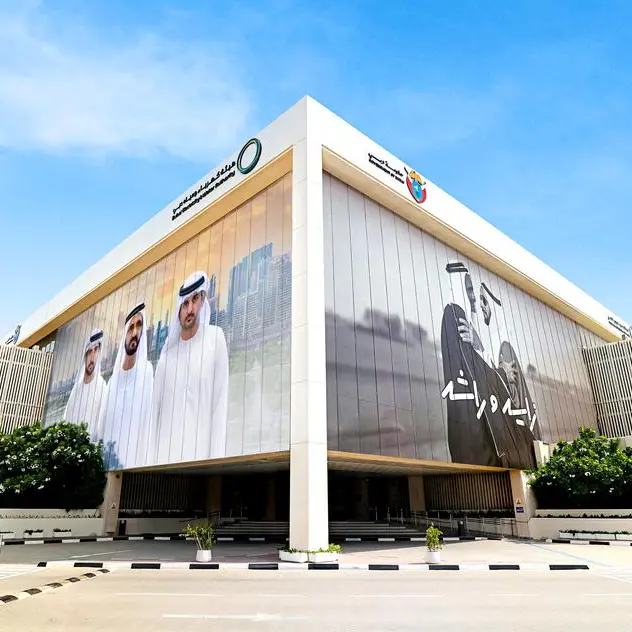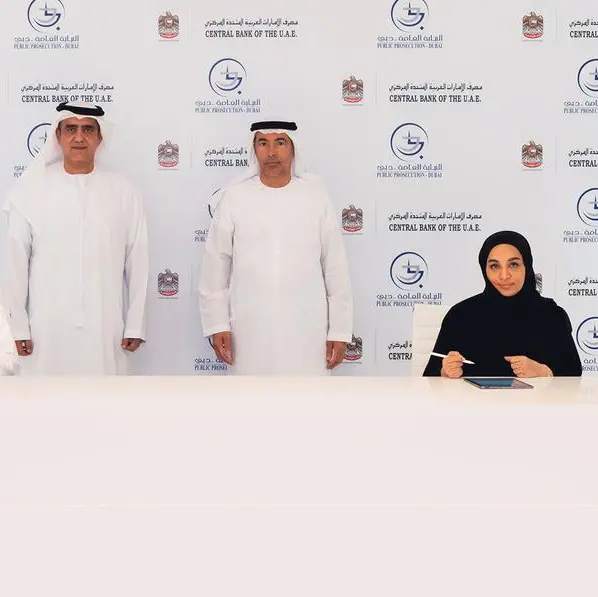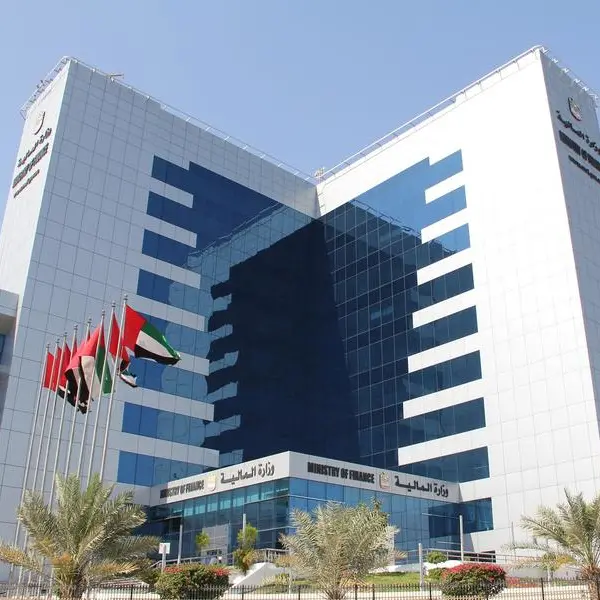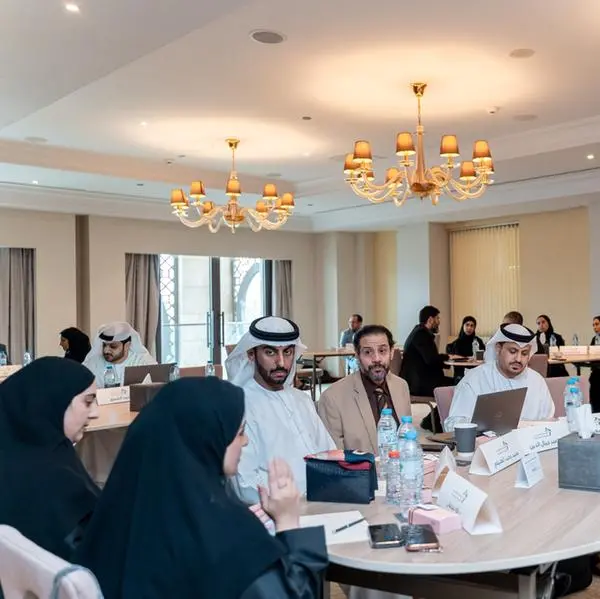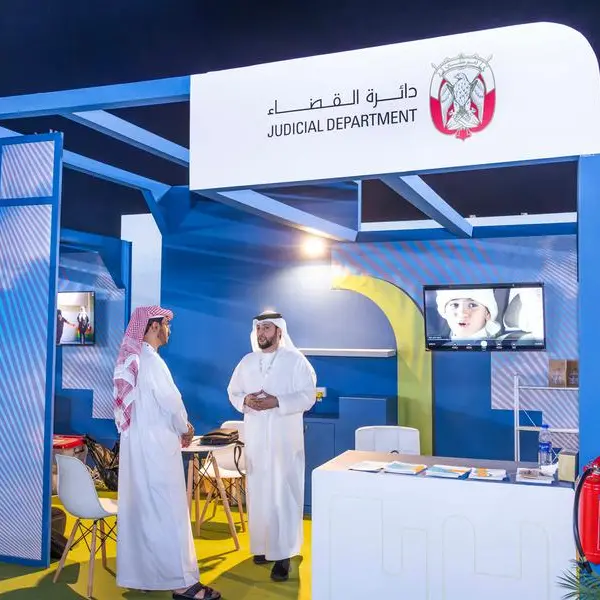PHOTO
Al Ain: A research team consisting of the Emirates Center for Mobility Research at UAE University, the Department of Health and the Abu Dhabi Public Health Centre devised a new mathematical methodology to model the impact of non-pharmaceutical intervention measures (such as remote work decisions, curfews, closure of schools and public venues, etc.) using big social media data as the input.
Dr. Umair Hasan, Dr. Abdessamad Tridane and Dr. Hamad Al Jassmi from the Emirates Center for Mobility Research at UAE University, Dr. Farida Al Hosani from the Abu Dhabi Public Health Centre, and Dr. Bashir Aden and Dr. Anderson Stanciole from the Abu Dhabi Department of Health participated in the joint-collaborative multidisciplinary research.
Dr. Farida Al Hosani, Director of the Communicable Diseases Department at the Abu Dhabi Public Health Centre, said, “The traditional method for epidemiological modelling uses historical medical data to predict future epidemic spread trajectory. Although this is the most prevalent and established method in the field for predicting epidemic spread dynamics, it lacks the empirical components necessary to link the predicted infections and mortality rates with the implementation of precautionary measures taken by the authorities to limit the disease spread. We established their direct relationship with the increase and decrease in the number of infected people, and thus we have a methodology for evaluating the most effective decisions, whether for this epidemic or for any subsequent epidemics.”
Dr. Hamad Al Jassmi, Director of the Emirates Center for Mobility Research, stated, “The scientific hypothesis behind our methodology was that the more dynamic a society was in its movements, especially between crowded places and infected hotspots, the faster is the rate of disease spread and thus we have an indicator of indirect prediction of the expected infections. This tool can aid the decision-makers to evaluate the impact of preventive measures that will potentially reduce unsafe mobility and thus limit the spread of the disease.”
He added, “We relied on big data for the mobility of social media platform users provided to us by Facebook, which includes anonymised mobility data for users of WhatsApp, Facebook and Instagram apps without sensitive information related to the user identities. Following our development, experimentation and analysis, we observed that those models which are based on big mobility data are equally effective in predicting spread dynamics compared to the traditional epidemiological models. We have published our research results in the Journal of Infectious Disease Modeling, which is ranked among the top scientific journals in the field of Health Policy, to share UAE's research experience in epidemiological modelling to the global experts society”
Dr Umair Hasan, Senior Research Fellow of the Emirates Center for Mobility Research, said, “The novelty of our methodology is that it is among the first to link epidemic spread with real-time changes in population mobility. This way, authorities are well-equipped to dynamically adjust lockdown policies without the need for extensive computational demands. As the lockdowns carry an economic burden on cities, this is a useful tool for dealing with pandemics. Future work will rely on post-vaccination data to improve the developed epidemiological model to further predict the strategy with which relaxation measures can be implemented towards the end of the pandemic and safely execute a return to normalcy.”
It is worth noting that the research team had previously worked on the “Mathematical Modelling of COVID-19 Spread Dynamics In UAE” project, which won the Emirates Innovate Award for the year 2021 in the category “Best Innovation in Digital Leadership.” This new research is a continuation of the existing research cooperation between the UAE University, the Department of Health and the Abu Dhabi Public Health Centre in epidemiological modelling.
-Ends-

